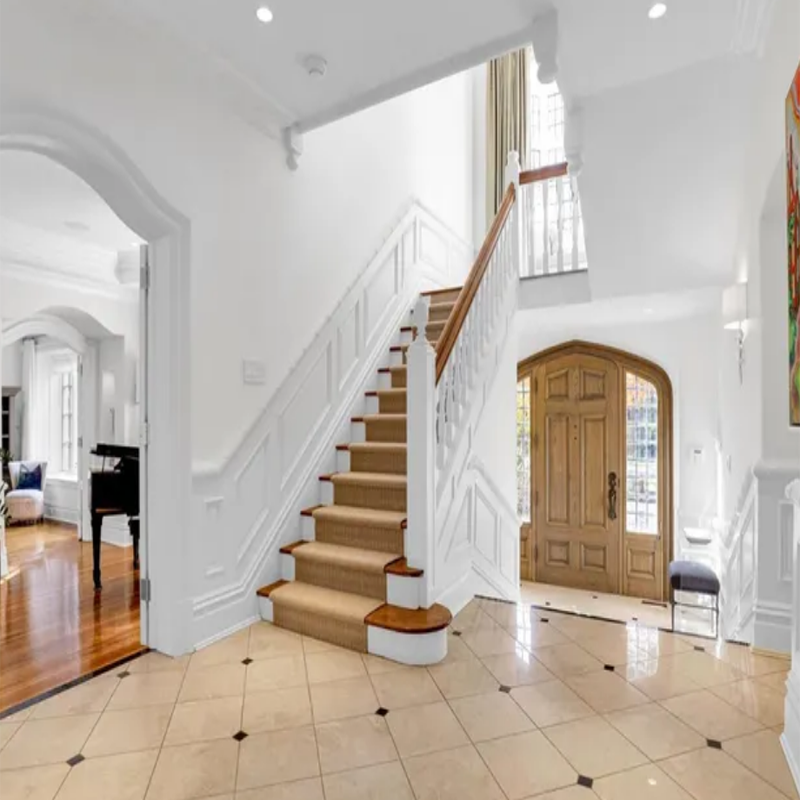“The best investment on Earth is earth.” – Louis Glickman

Setting the right rent begins with researching the local market thoroughly. Start by comparing similar properties in your area, looking at location, size, layout, and available amenities. Pay attention to rental listings, but if possible, go beyond them by asking local landlords or reviewing historical data for real rental outcomes. This realistic snapshot helps ensure your pricing aligns with what tenants are actually paying.
Next, factor in your property’s unique attributes and operating costs. Upgrades like in-unit laundry, modern appliances, or nearby parking can justify a higher rent. Do not overlook financial responsibilities such as mortgage, taxes, insurance, repairs, maintenance, and vacancy reserves. Ensuring these costs are covered will help you maintain profitability while staying competitive.
Seasonality and demand shifts significantly influence rent potential. In many markets, demand tends to peak in spring and summer months when more people are moving. Whenever possible, align your vacancy and lease timing to this high season window to command stronger rent. During slower months, offering incentives or slightly adjusting rent can help reduce the risk of prolonged vacancies.
It is also important to understand legal constraints and affordability limits. Ensure compliance with rent control rules or local regulations governing rent increases, especially for existing tenants. At the same time, consider what your target renters can realistically afford by using income data or rental affordability guidelines. Keeping rent within a reasonable portion of tenant income improves your chances of attracting and retaining quality renters.
Once your rent is set, monitor performance and be ready to adjust. If your property receives few inquiries or showings within a couple of weeks, this may indicate your price is too high, and you should consider realigning with the market. On the other hand, if demand is strong, you may be able to test the upper end of a fair range or introduce modest increases when leases are renewed.
Finally, present your property in a compelling way to support your pricing strategy. Highlight standout features such as upgraded finishes, convenient location, or energy-efficient systems in both your listings and interactions with tenants. Showcasing the unique value of your property not only justifies your price but also helps attract responsible tenants who appreciate what your rental offers.





“The best investment on Earth is earth.” – Louis Glickman